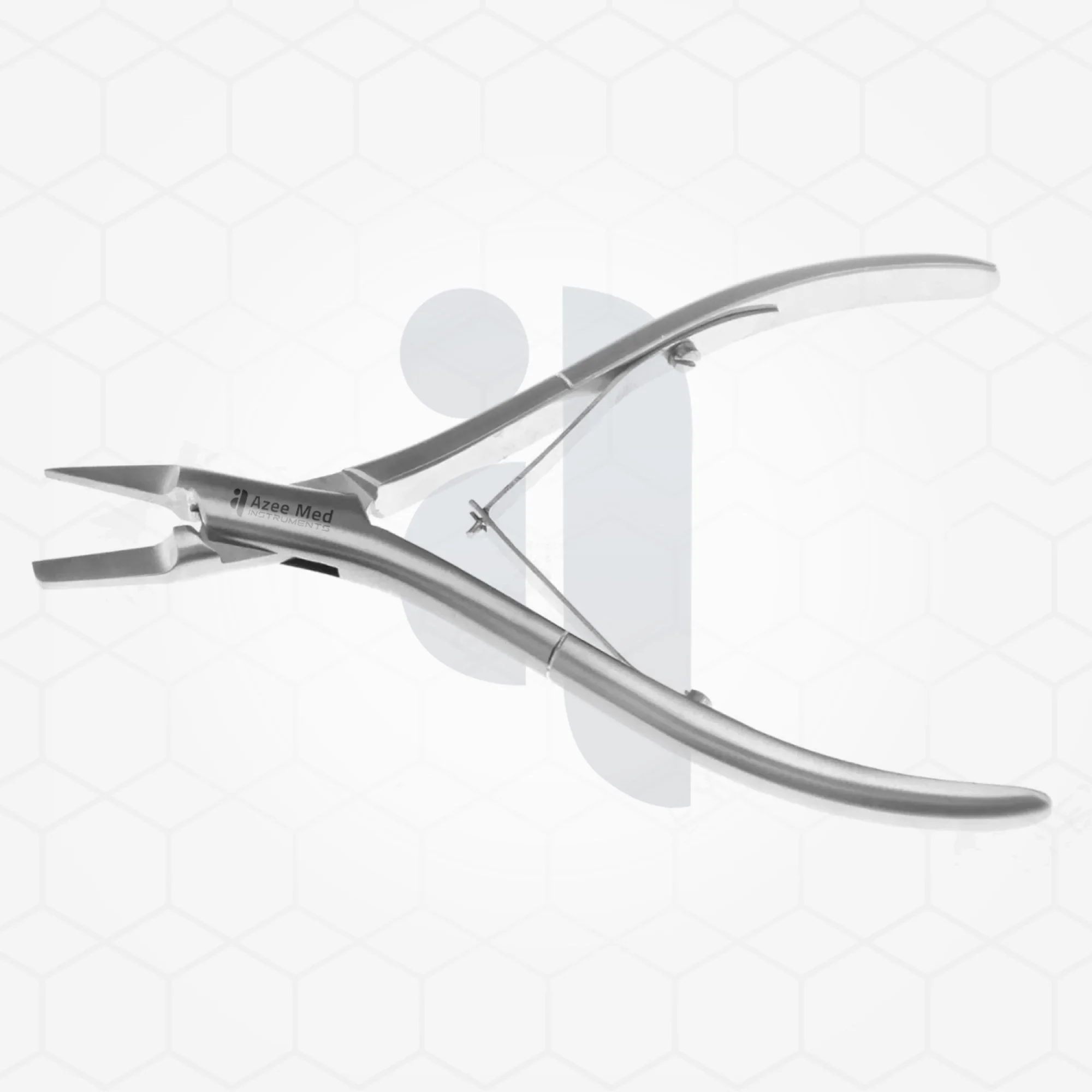A Guide to Forcep Types: Surgical Instrument Essentials

In the intricate world of surgery, precision, control, and reliability are paramount. Surgeons depend on a wide array of specialized tools to perform procedures safely and effectively. Among the most fundamental of these are forceps, instruments designed for grasping, holding, and manipulating tissue. Understanding the different forcep types surgical instrument options available is crucial for any medical professional. At Azeemed Instruments®, we are dedicated to providing the highest quality surgical tools, ensuring that every instrument, from the most basic to the most complex, meets the exacting standards of the operating room. This guide will explore the essential categories of surgical forceps, highlighting their specific functions and designs.

The Fundamental Role of Surgical Forceps
Surgical forceps are indispensable in nearly every medical specialty. Their primary function is to handle tissues and other materials with a degree of precision that human fingers cannot achieve. They allow surgeons to retract tissue for better visibility, stabilize structures for suturing, or clamp vessels to control bleeding. The artery forcep design of each forceps is carefully engineered for its intended purpose, with variations in tip shape, handle design, and locking mechanisms. The quality of these instruments directly impacts surgical outcomes, which is why sourcing them from a trusted manufacturer is essential.
Classifying Forceps: Thumb vs. Ring Forceps
The most basic classification of forceps divides them into two main categories: thumb forceps (also known as dissecting forceps) and ring forceps (often called hemostatic forceps or locking forceps). Each category serves a distinct set of functions within a surgical procedure.
Thumb Forceps for Delicate Handling
Thumb forceps are held between the thumb and forefinger, much like tweezers. They are used for grasping and manipulating delicate tissues during dissection. These instruments do not have a locking mechanism, giving the surgeon complete control over the pressure applied. The tips can be toothed, providing a secure grip on tougher tissues, or smooth, for handling extremely delicate structures like nerves or blood vessels without causing trauma. The choice of a specific forcep types surgical instrument in this category depends entirely on the tissue being handled.
Ring Forceps for Secure Clamping
Ring forceps feature handles with finger rings, similar to scissors, and a locking ratchet mechanism called a box lock. This lock allows the instrument to be clamped in place, freeing the surgeon's hands for other tasks. These are commonly used for hemostasis—clamping blood vessels to stop bleeding. However, their applications extend to grasping dense tissue, holding swabs, or securing drapes. The strength and reliability of the locking mechanism are critical features of these tools.
Specialized Forcep Categories and Their Uses
Beyond the basic thumb and ring classifications, a vast world of specialized forceps exists, each designed for specific procedures or types of tissue. Azeemed Instruments® offers a comprehensive selection to meet these diverse needs, ensuring every professional has the right tool for the job.
Hemostatic Forceps: Controlling Bleeding
Hemostats are perhaps the most recognized type of ring forceps. They are essential for clamping arteries and veins to manage bleeding during surgery. They come in various sizes and shapes, with straight or curved jaws. Kelly and Crile forceps are common examples, differing mainly in the serrations along their jaws. Mosquito forceps are a much smaller, more delicate version used for fine, precise clamping in intricate procedures. Understanding the distinctions between each forcep types surgical instrument is vital for effective hemostasis.
Tissue Forceps: Grasping with Precision
Tissue forceps are designed specifically for holding and manipulating bodily tissue. The choice of forceps depends on the delicacy of the tissue involved. Adson forceps, for instance, are a popular type of thumb forceps with fine teeth at the tip, ideal for handling skin and dense tissue. DeBakey forceps, on the other hand, have a unique atraumatic serrated pattern, making them perfect for grasping delicate vascular tissue without causing damage. The variety of available forcep types surgical instrument ensures that surgeons can work with maximum precision and minimal tissue trauma.
Obstetrical Forceps: Aiding in Childbirth
In obstetrics, specialized forceps are used to assist in the delivery of a baby when necessary. These instruments are designed to cup the baby's head securely, allowing the obstetrician to guide the baby through the birth canal. Simpson and Elliot forceps are two classic examples, each with a specific curve and blade shape suited for different maternal pelvic shapes and fetal head positions. The use of these instruments requires immense skill and high-quality, reliable tools.
The Azeemed Instruments® Commitment to Quality
Choosing the correct instrument is only part of the equation; the quality of that instrument is equally important. Inferior tools can fail at critical moments, compromising patient safety and surgical success. Azeemed Instruments® understands this responsibility and is committed to manufacturing superior surgical instruments. Our extensive catalog covers every essential forcep types surgical instrument, all crafted from high-grade materials to ensure durability, reliability, and optimal performance. We empower medical professionals by providing tools they can trust, procedure after procedure.
- Art
- Causes
- Crafts
- Dance
- Drinks
- Film
- Fitness
- Food
- Giochi
- Gardening
- Health
- Home
- Literature
- Music
- Networking
- Altre informazioni
- Party
- Religion
- Shopping
- Sports
- Theater
- Wellness


